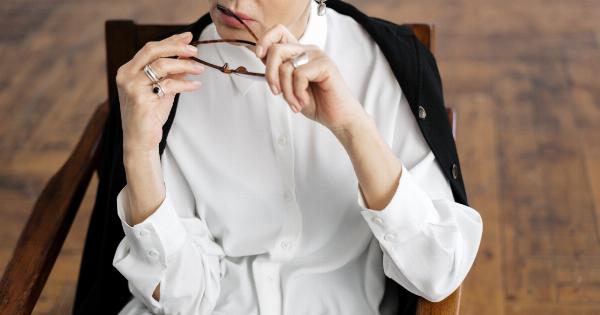When we lose a loved one, it can be a devastating experience, especially if the death occurred due to tragic or unexpected circumstances. In cases where the deceased passed away after a struggle, it can be even harder to accept.
Whether it’s an illness, an accident, or an act of violence, once a person has passed away after struggling, the next step is to determine the cause of death. In cases of unnatural death, this investigation falls into the hands of the coroner.
Who Is the Coroner?
The coroner is a civil officer responsible for investigating deaths that occur under suspicious or unexplained circumstances. In many cases, the coroner is an elected official with a background in law enforcement, forensic medicine, or a related field.
Coroner’s offices vary depending on location, with some housed within the police or sheriff’s department and others functioning independently. The primary role of the coroner is to ensure that death certificates accurately reflect the cause and manner of death.
What Happens to the Body?
After a person has been pronounced dead, the body is transported to a mortuary or funeral home. In cases where the death is suspicious or unexplained, the body is taken to the coroner’s office for examination.
The coroner will conduct an autopsy to determine the cause of death. Autopsies are usually performed within 24 hours of the body being received by the coroner’s office, but the timeline may vary depending on the workload of the office.
After the autopsy, the body is returned to the mortuary or funeral home so that arrangements can be made for burial or cremation.
What Happens During an Autopsy?
An autopsy is a medical examination of a body to determine the cause and manner of death. The autopsy is performed by a pathologist, who is a medical doctor with specialized training in conducting autopsies.
The pathologist examines the body internally and externally, looking for evidence of trauma or disease. During the autopsy, the pathologist may take samples of tissue or fluids for further testing. The pathologist will also review medical records and gather information from witnesses and family members to help establish the cause and manner of death.
What Is the Cause of Death?
The cause of death is the medical reason why a person died. This may be a disease, injury, or combination of factors that ultimately led to death.
The cause of death is typically included on the death certificate, which is an official document that records the details of a person’s death. In cases where a person has died after a struggle, the cause of death may be listed as complications from injuries sustained during the struggle or the underlying medical condition that caused the struggle.
What Is the Manner of Death?
The manner of death is the circumstances surrounding a person’s death. The manner of death is classified as natural, accidental, suicide, homicide, or undetermined.
Natural deaths are those that result from a disease or condition, such as heart disease or cancer. Accidental deaths occur as a result of external factors, such as injuries sustained in an accident. Suicides and homicides are intentional deaths, with the former being self-inflicted and the latter caused by another person.
If the evidence surrounding a person’s death does not support one specific manner of death, the manner may be listed as undetermined.
What Happens After the Autopsy?
After the autopsy is complete, the pathologist will prepare a report detailing their findings. This report will be forwarded to the coroner, who will use the information to complete the death certificate.
In cases where the cause or manner of death is unclear, the coroner may request further testing or investigation. Once all the necessary information has been collected, the coroner will issue the death certificate and the body will be released to the family or funeral home.
Dealing with the Loss
Losing a loved one is always difficult, regardless of the cause of death. In cases where a person has died after a struggle, it can be especially challenging to come to terms with the loss.
It’s important to remember that everyone grieves differently and that there is no “right” way to grieve. Some people find solace in talking to others, while others prefer to spend time alone. It’s okay to reach out for help if you need it, whether that means seeking counseling or simply talking to a trusted friend or family member.
Conclusion
When a person has passed away after a struggle, the next step is to determine the cause and manner of death.
This investigation falls into the hands of the coroner, who is responsible for ensuring that death certificates accurately reflect the circumstances surrounding a person’s death. While losing a loved one is never easy, it’s important to remember that the coroner’s office is there to help provide answers and closure during this difficult time.































